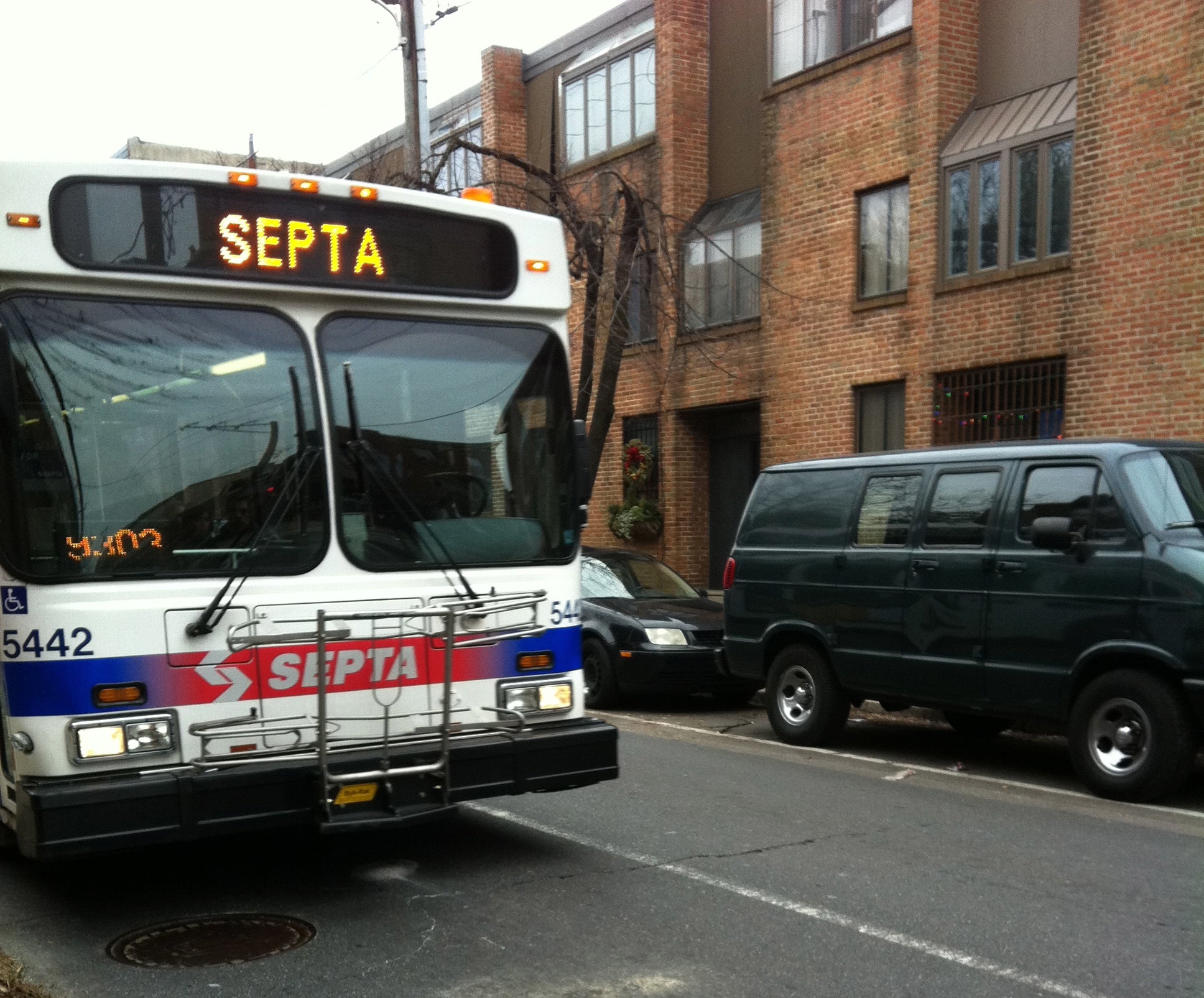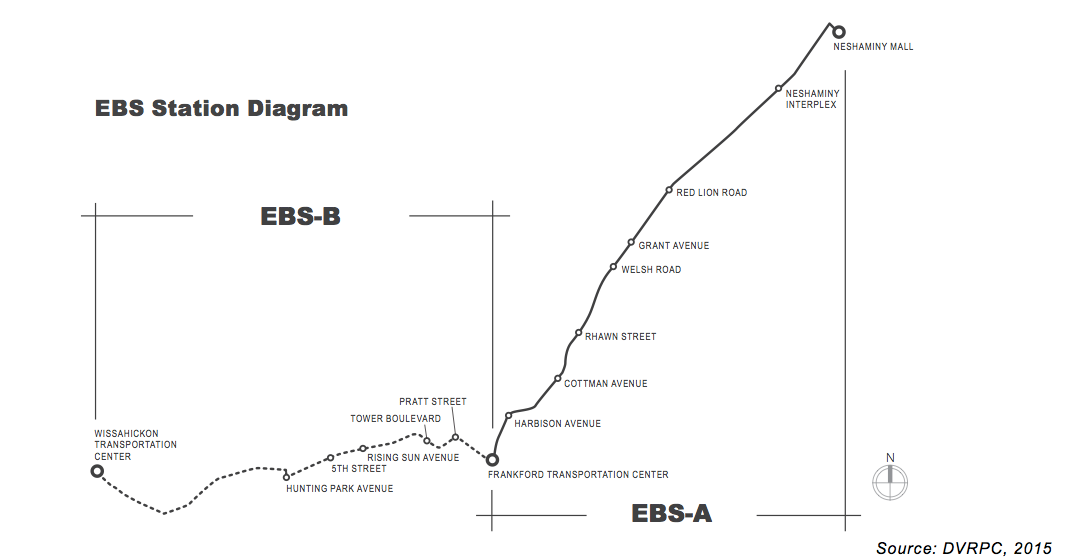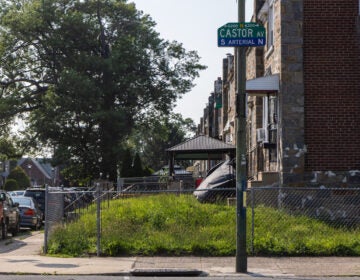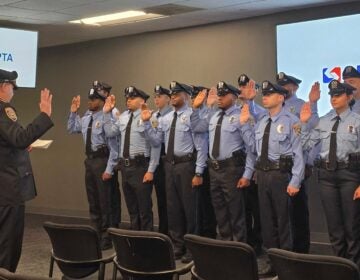SEPTA proposes BRT-lite, and a new bus route linking University City, Brewerytown and Grays Ferry

Ah, the signs of springtime in Philadelphia are all around us! Cherry blossoms bloom, river trails crowd, beer gardens pop-up, and new SEPTA bus routes proposed.
It’s time once again for SEPTA’s Annual Service Plan (ASP). SEPTA has five proposals for the fiscal year beginning July 1, 2017. That’s a drop off from last year, when the transit authority ultimately adopted twelve out of fifteen proposals, which included splitting Route 23 into two routes, extending Route 53 to Hunting Park, and extending Routes 12 and 40 closer to the Delaware River.
SEPTA will hold two open houses on March 28th to get public input on the proposals. PlanPhilly knows you can’t wait that long, so here’s a preview to tide you over.
Notably absent from the ASP proposals: A proposal to extend Route 31, 32 or some other bus line to give Queen Village a one-seat trip to Center City. SEPTA considered such a change last year, but ultimately decided against it.
BULLY FOR YOU, ROOSEVELT BOULEVARD! ENHANCED BUS SERVICE
Taking Roosevelt Boulevard’s Route 14 from the Frankford Transportation Center (FTC) to the Neshaminy Mall can be quite the rough ride, running an average of 47 minutes. To help fix this, SEPTA is proposing an Enhanced Bus Service (EBS) to run parallel to Route 14, which would cut travel times to 33 minutes.
EBS falls somewhere between an express bus service and Bus Rapid Transit (BRT): Buses make fewer stops, and make use of transit signal prioritization technology, which aims to give the bus more green lights. The EBS would also likely get a special branding, like the LUCY or Washington D.C.’s Circulator.
SEPTA’s proposal is almost identical to a plan published by the Delaware Valley Regional Planning Commission (DVRPC) last year. SEPTA proposes 8 stops on the route, each about a half mile apart; 47 percent of Route 14 riders use those 8 stops already, and faster service would likely attract even more riders.
Buses would run every 10 minutes during peak times and 15 minutes during most off-peak hours. It would run infrequently late at night, and not at all overnight; Route 14 would continue to run then, though.
SEPTA City Service Planning Manager Steven D’Antonio said the plan was to incorporate as much BRT elements as possible over time. “We’re looking at bus stop stations—actual shelters and signs— and wrapped buses with the route having its own identity,” said D’Antonio.
“We’re investigating real time information at those stations, possibly. And the possibility to allow people to board at the rear door and pay there.”
In time, more improvements may be added, including dedicated bus lanes separated from regular traffic, which would upgrade the service to full BRT. The City of Philadelphia will finish a study on that and other transit options for Roosevelt Boulevard later this year.
D’Antonio said SEPTA hasn’t come up with a name for the new service yet: “Maybe we’ll run a contest or a poll.”

ROUTE 49: JUST IN TIME FOR THE UNIVERSITY CITY DEVELOPMENT GOLD RUSH
Route 49 would be a new bus line running from Brewerytown through Fairmount, over the Schuylkill River to University City, then back over the river to Grays Ferry. University City has grown as an employment hub in recent years and shows no sign of stopping. University City District data showed lots of employees living in and around Brewerytown, Fairmount, and Grays Ferry.
Recognizing this, SEPTA thought it was time to finally provide direct transit access to residents in those neighborhoods, who currently need to take at least two buses to University City. Route 49 would cut a 30-minute bus trip down to 20 minutes. That would make taking the bus just slightly slower than driving yourself, said D’Antonio, so SEPTA expects a few residents would trade in their keys for a bus pass.
The route would also provide a direct connection between 30th Street Station and the Benjamin Franklin Parkway.
“Believe it or not,” said D’Antonio, “we don’t have that today. So tourists coming in on Amtrak could use [Route 49] to get to the tourist attractions on the Parkway.”
Route 49 would also benefit patients at University City’s many hospitals and clinics get to midday appointments.
The bus would run between 33rd and Dickinson in Grays Ferry and 33rd and Cecil B. Moore in Brewerytown. The exact route is up in the air, though, and SEPTA wants the public’s suggestions. It’s undecided whether the bus would stop at the University of Pennsylvania’s new Pennovation Center, for example, or which bridge it would use: Grays Ferry Avenue, University Avenue or South Street Bridge.
Because this is a brand new route, it’ll take a bit longer to get into service if ultimately approved. SEPTA estimates Route 49 would require an additional eight or nine buses. The authority is in the middle of a large, multiyear bus purchase.
ROUTE 2 REACHES
Another proposal would extend peak-hour trips on Route 2 to SEPTA’s newly renovated Wayne Junction station. There would be a few local stops on the way. The proposal is intended to help reverse commuters travel to employment centers along the Lansdale/Doylestown, Warminister and West Trenton regional rail lines.
Currently, Route 2 runs between Oregon Avenue and Hunting Park Avenue via 17th and 16th Streets.
GETTING LOOPY IN HORSHAM
SEPTA proposes to split Route 310’s long, one-way loop connecting Olney Transportation Center to a handful of office parks in Horsham and Upper Dublin into two loops. The split would speed up service, allowing for more frequent buses. The proposal includes increased weekend service in response to the development of two relatively new shopping centers along the route.
SEPTA officials likened the new service to the LUCY, which runs both a green loop and a gold loop through University City. Both LUCY loops start at 30th Street Station.
HOW PACKED IS TOO PACKED ON THE BUS?
Finally, SEPTA proposes to revise their vehicle loading standards on their new buses. In other words, SEPTA might change the maximum number of passengers they cram on a bus. The more cramped the bus, the less safe and comfortable it is. But a lower maximum will mean more skipped stops on busy routes. SEPTA’s new buses have less standing room than earlier models.
SEPTA is holding a pair of open houses on March 28th to solicit public feedback on all the proposals. Both are on the mezzanine level of SEPTA headquarters at 1234 Market Street. The first runs from noon until 1:30 p.m. and the second goes from 5 p.m. to 6 p.m. SEPTA planning staff will be on hand to take questions. If you can’t make it but still want to submit feedback, you can do so here.
WHYY is your source for fact-based, in-depth journalism and information. As a nonprofit organization, we rely on financial support from readers like you. Please give today.






